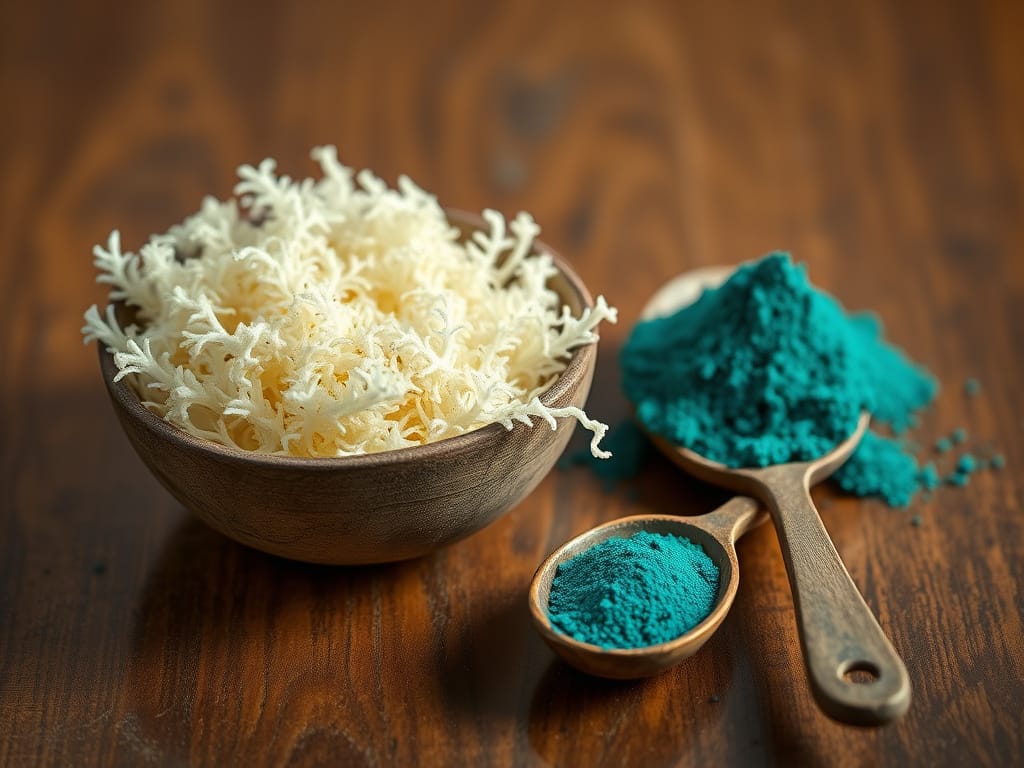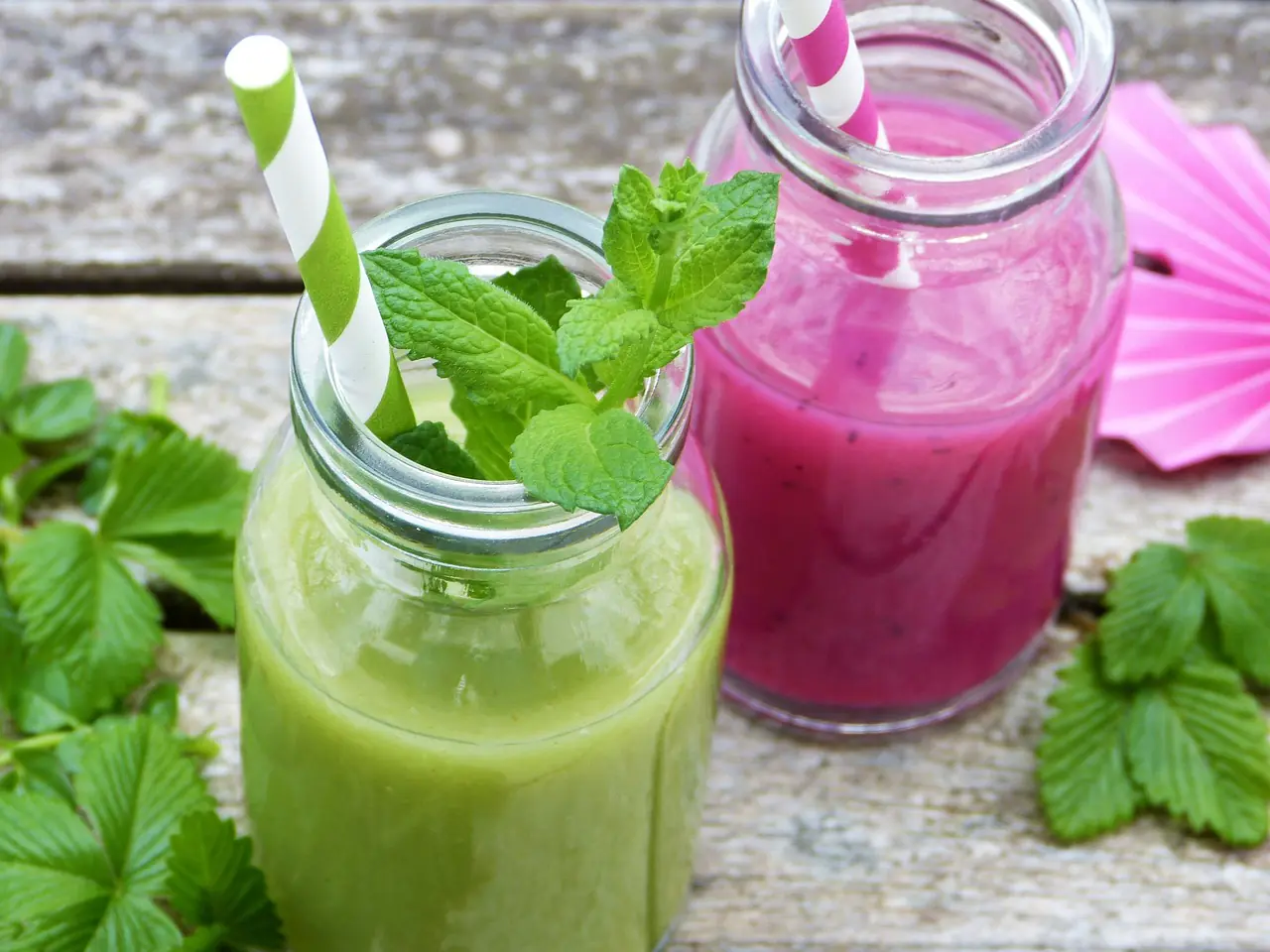Welcome to an exciting exploration of superfoods! In recent years, the wellness community has embraced an incredible variety of nutrient-packed options, among which sea moss and spirulina stand out prominently. With both superfoods bursting with health benefits and versatile enough for smoothies, supplements, and skincare routines, it is essential to understand how they compare. This guide empowers you with insightful information on the benefits, nutritional profiles, and recommended uses of sea moss and spirulina, helping you in your quest for optimal health!
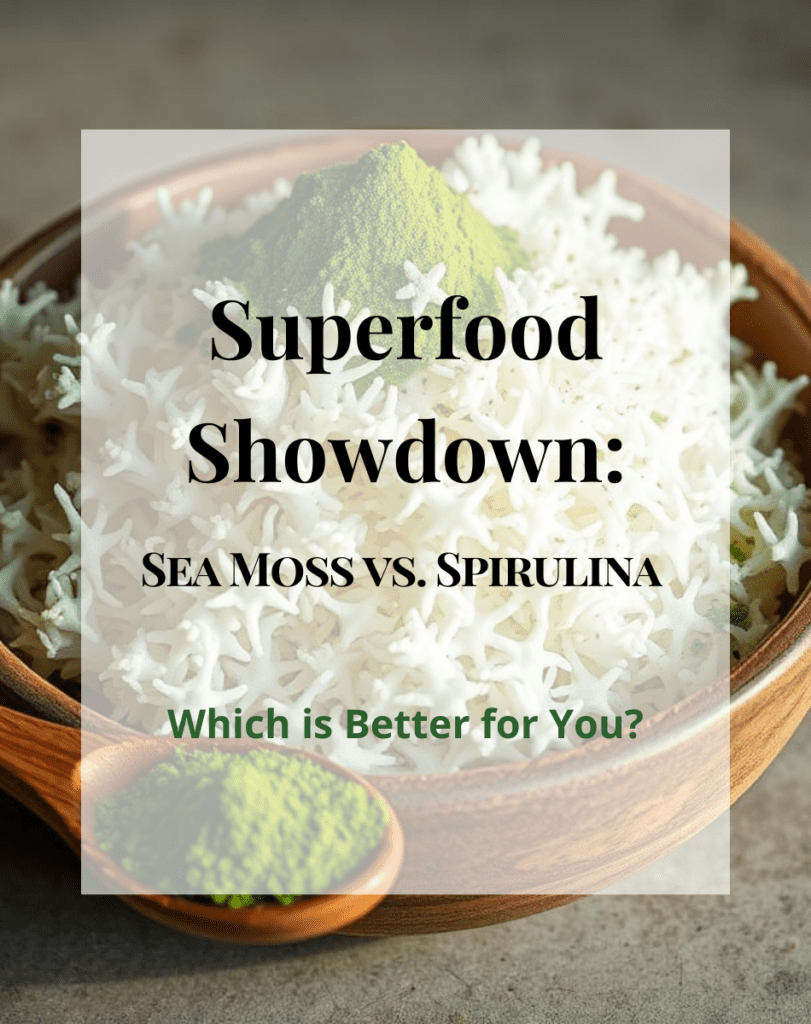
Affiliate Disclaimer: This article contains affiliate links. As an Amazon Associate, we may earn from qualifying purchases at no additional cost to you.
What is Sea Moss?
Sea moss, affectionately known as Irish moss (scientific name: Chondrus crispus), is a remarkable type of red algae found along the stunning Atlantic coastlines of Europe and North America. Its rich history stretches back centuries, particularly within Caribbean and Irish cultures where it has been celebrated for its numerous health-boosting properties.
Key Benefits of Sea Moss:
How to Use Sea Moss:
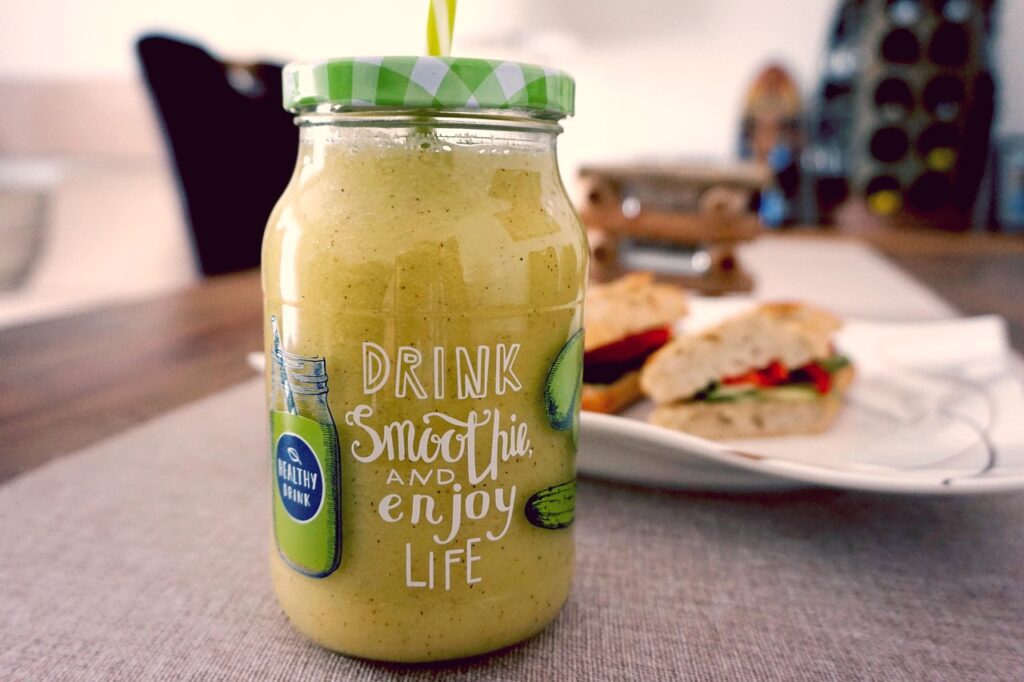
Blend it into your smoothies for a delightful nutrient boost.
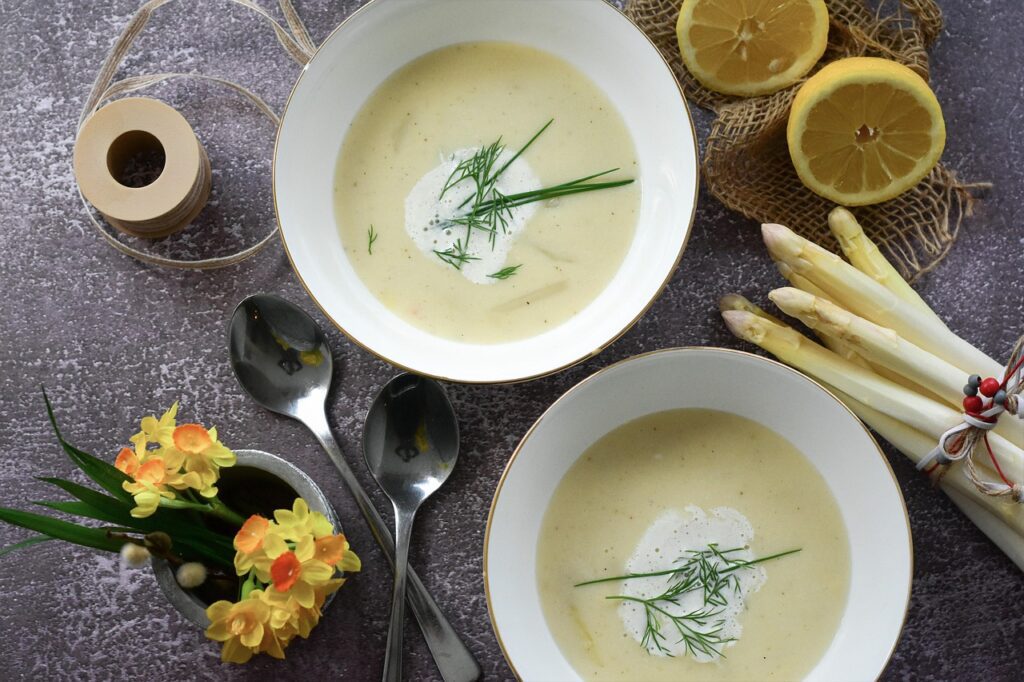
Incorporate it as a thickener in soups, stews, and desserts.

Apply it topically as a rejuvenating face mask for hydration.
Examples of Types of Sea Moss Products Available
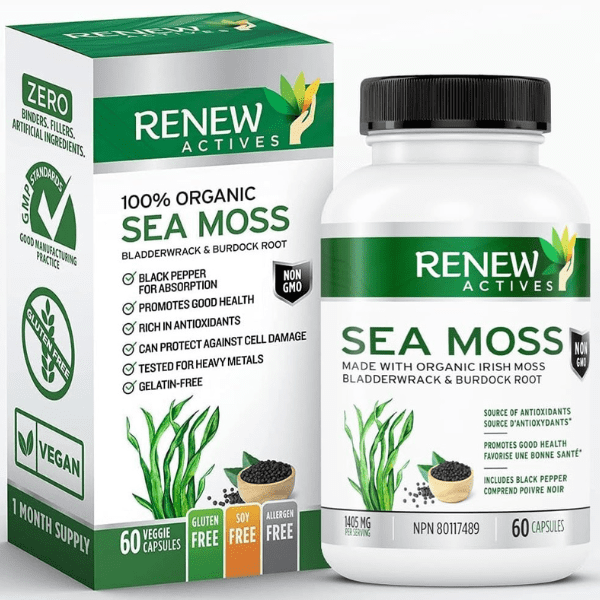 Renew Actives | 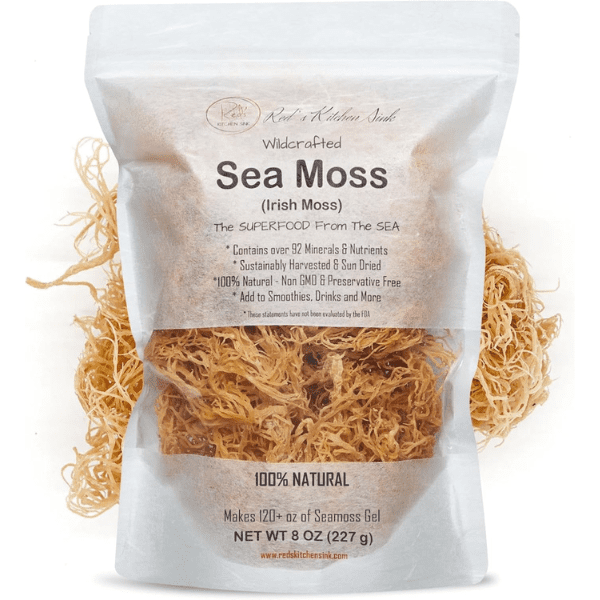 Red’s Kitchen Sink | 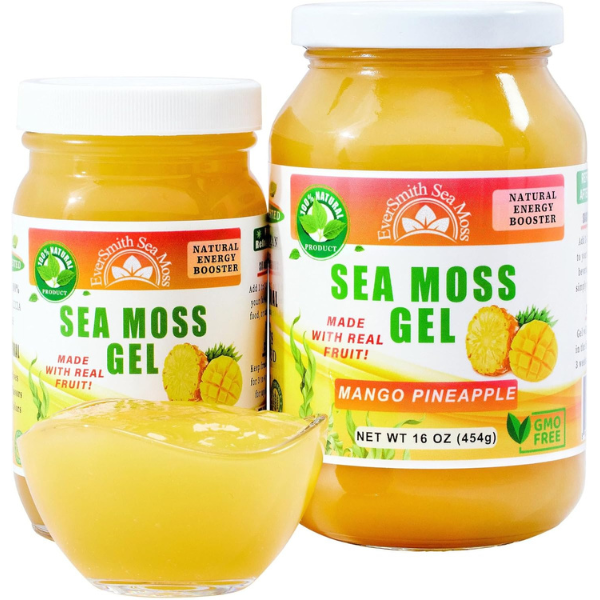 EverSmith Organics | |
|---|---|---|---|
| Form | Capsules | Raw (dried) | Gel |
| Consumption Method | Swallow capsules with water | Soak and blend into gel for use | Mix into smoothies, soups, or skincare |
| Ease of Use | Very convenient, no prep needed | Requires soaking and blending before use | Requires preparation but versatile |
| Best For | Those who want a quick and easy supplement | Those who prefer raw sea moss for homemade preparations | Those who prefer a natural gel for cooking or skincare |
What is Spirulina?
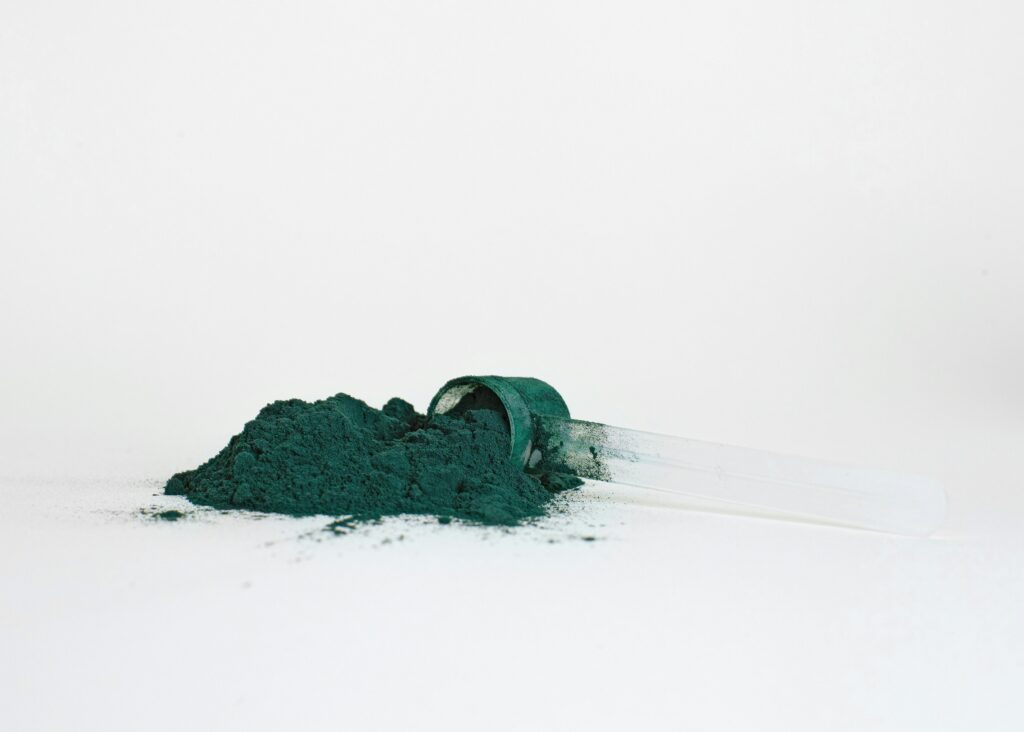
Meet spirulina, a vibrant blue-green algae that thrives in freshwater lakes and ponds. Ancient civilizations, including the Aztecs, have treasured spirulina for its extraordinary nutritional qualities for centuries.
Key Benefits of Spirulina:
How to Use Spirulina:
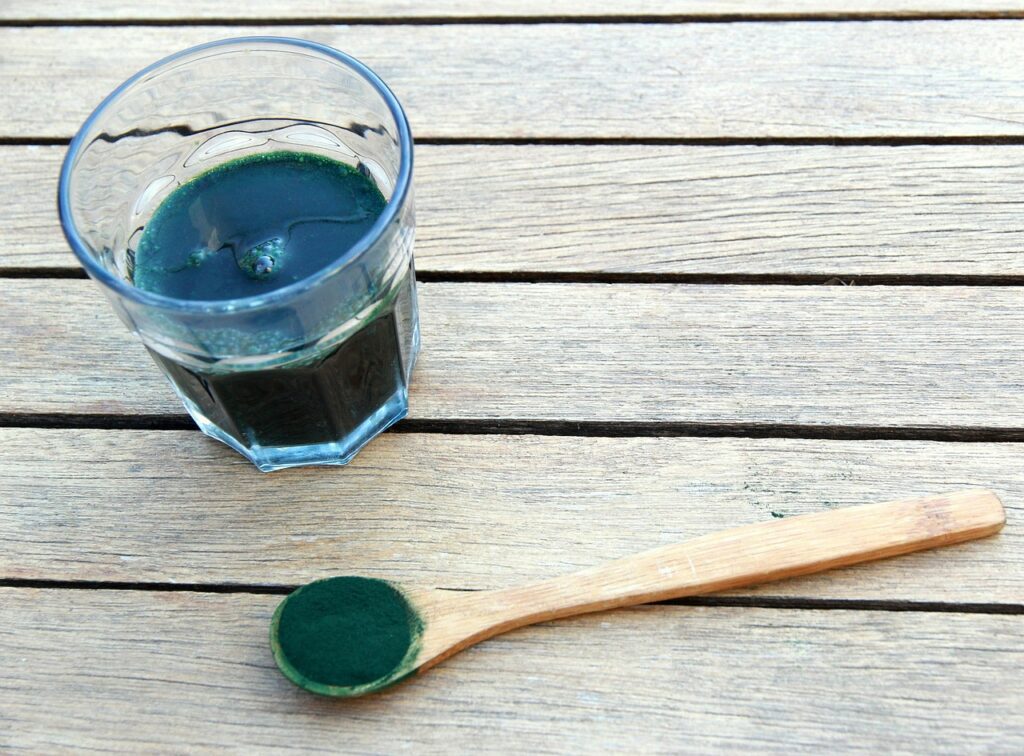
Stir it into smoothies or juices for an energizing lift.
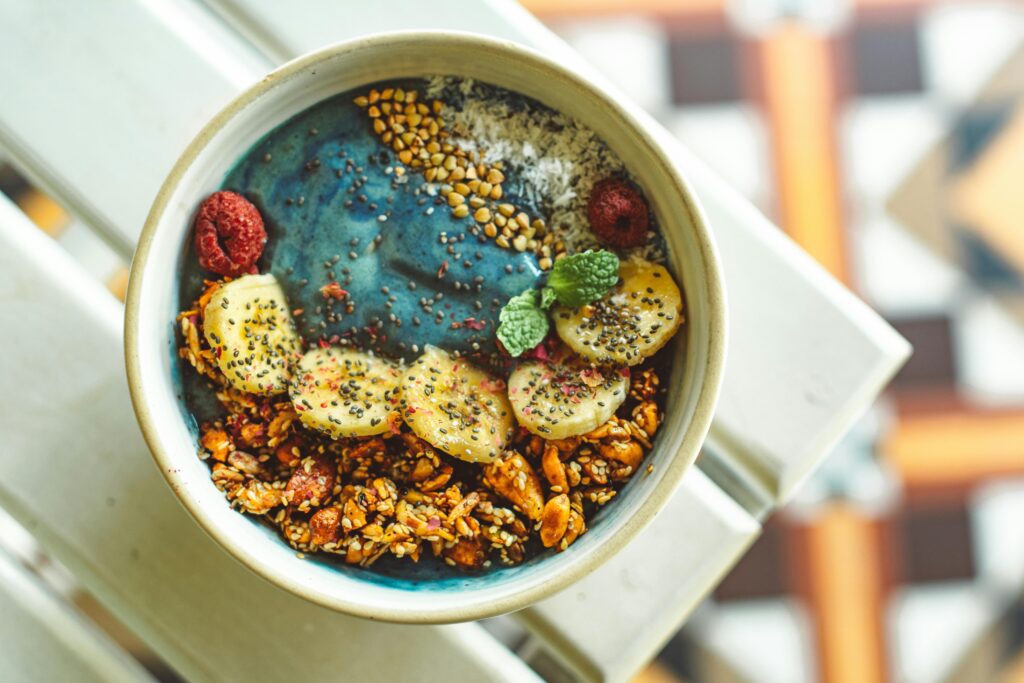
Incorporate it into protein bars or homemade energy bites for a nutritious snack.
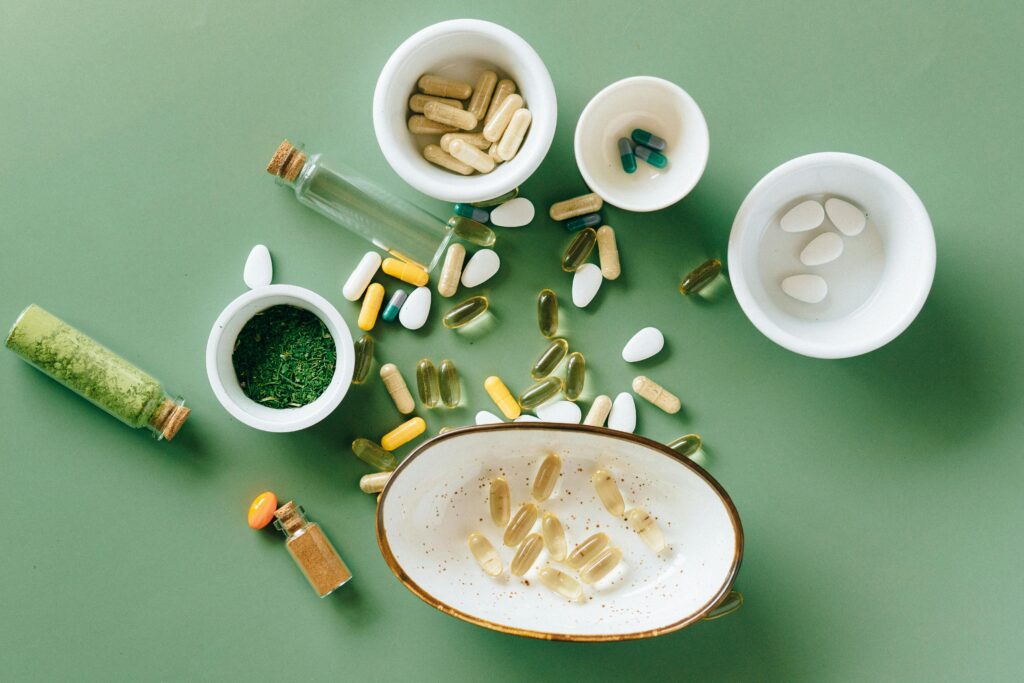
Use it as a convenient daily supplement in capsule or powder form.
Examples of Types of Spirulina Products Available
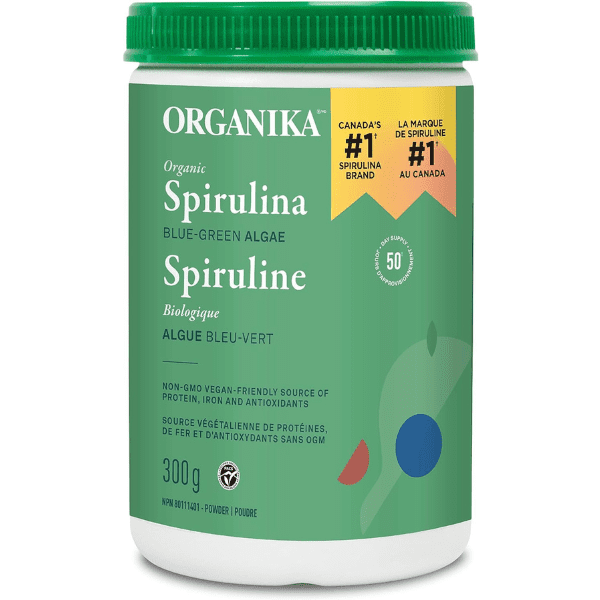 Organika Certified Organic Spirulina (Canadian-Made) | 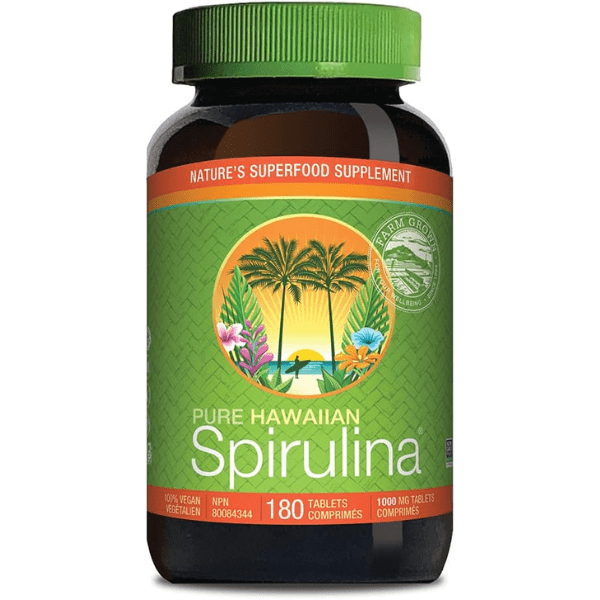 NUTREX HAWAII Pure Hawaiian Spirulina |  Naka Vital Greens Liquid Boost of Essential Green Nutrients | |
|---|---|---|---|
| Form | Powder | Tablets | Liquid |
| Consumption Method | Mix into smoothies, juices, or food | Swallow tablets with water | Mix into water, juice, or smoothies |
| Ease of Use | Requires mixing but versatile | Convenient, no prep needed | Very easy to use, no prep needed |
| Best For | Those who want a flexible, high-quality spirulina powder | Those who want a concentrated tablet form of spirulina | Those who prefer a liquid supplement for fast absorption |
Sea Moss vs. Spirulina: Nutritional Comparison
Both sea moss and spirulina boast impressive health benefits, but their unique nutritional profiles offer different advantages:
| Nutrient | Sea Moss (per 10g) | Spirulina (per 10g) |
|---|---|---|
| Protein | 0.5g | 6g |
| Iron | 0.9mg | 2mg |
| Calcium | 7mg | 10mg |
| Magnesium | 14mg | 19mg |
| Iodine | High | Low |
| Antioxidants | Moderate | High |
| Fiber | High | Moderate |
Sea Moss vs. Spirulina: Which Superfood is Better for You?
Choose Sea Moss If:
You’re eager for a mineral-rich superfood that promotes thyroid health, gut well-being, and hydration.
Choose Spirulina If:
You’re looking for a powerhouse of protein and antioxidants that enhances energy and supports detoxification.
Best of Both Worlds?
Some individuals find tremendous value in combining both sea moss and spirulina in their wellness routines to maximize their respective benefits!
What Each Superfood is Best For
| Sea Moss | Gut Health & Digestion Immune System Boost Skin Health & Hydration Thyroid Support |
| Spirulina | Detoxification Energy & Stamina Heart Health Muscle Recovery & Growth Weight Management |
| Both | Joint & Inflammation Support |
Warnings & When to Avoid
Sea moss and spirulina have garnered enthusiastic attention for their wonderful potential health benefits. While there are promising hints from traditional practices and initial studies, such as enhanced immunity, detoxification and heart health, it’s crucial to approach these findings with caution. Additional comprehensive human trials are necessary to fully validate these effects. As always, I encourage everyone to engage thoughtfully with their health. It’s best to consult with a healthcare professional before incorporating sea moss or spirulina into your routine, particularly if you have any pre-existing health concerns or are on medication.
While both sea moss and spirulina offer extraordinary health benefits, there are considerations to keep in mind for specific individuals.
Who Should Avoid Sea Moss?
Who Should Avoid Spirulina?
How to Tell if Your Sea Moss or Spirulina Has Gone Bad:
Sea Moss:
It should have a gentle, ocean-like aroma. A strong or rancid odour is a sign it may have spoiled.
Store in the refrigerator.
Spirulina:
Fresh spirulina will exhibit a deep green colour and a fresh scent. A sour or musty odour indicates it is likely no longer good.
Store in an airtight container, away from heat and moisture.
Frequently Asked Questions About Sea Moss and Spirulina
Embracing the Power of Sea Moss and Spirulina for Enhanced Wellness
In conclusion, both sea moss and spirulina are extraordinary superfoods that offer a variety of health benefits, each in distinctive ways. Sea moss is rich in essential nutrients, including iodine, calcium, potassium, and numerous vitamins, which support thyroid function, boost immunity, and promote healthy digestion. Meanwhile, spirulina is a powerhouse of protein, packed with all nine essential amino acids and antioxidants like phycocyanin, which can help combat oxidative stress and inflammation in the body.
By understanding the specific advantages each of these superfoods provides, sea moss’s ability to hydrate and nourish the skin and spirulina’s potential to enhance energy levels and endurance, you’ll be better equipped to make informed dietary choices that align with your individual health aspirations. Embrace the wealth of nutrients they offer and incorporate them into your routine to support your overall well-being. Cheers to your wellness journey and the positive changes it brings!
